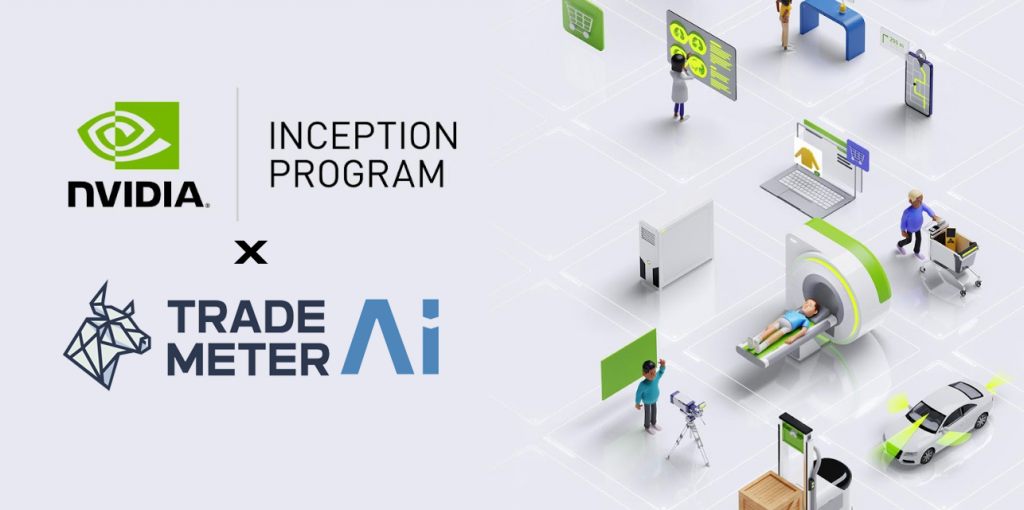Good Info For Deciding On Ai Investing App Websites
Good Info For Deciding On Ai Investing App Websites
Blog Article
Ten Tips For Evaluating The Risk Management And Sizing Of A Stock Trading Prediction Based On Artificial Intelligence
A reliable AI stock trading forecaster will require a well-designed risk management, including the size of the positions. If properly managed, they will help minimize losses and increase the returns. These 10 tips can aid you in assessing each one of these elements:
1. How to use Stop-Loss and Take-Profit Levels
Why: These levels help limit potential losses and help lock in profits, reducing the risk of being exposed to market volatility.
Check to see whether your model has dynamic stop-loss rules or limit on take-profits based on risk factors or market volatility. Models which have adaptive thresholds will perform better when markets are volatile and will prevent excessive drawsdowns.
2. Examine the risk-to-reward ratio and consider its implications.
The reason: A positive risk-to-reward ratio ensures that potential gains outweigh risks, supporting the possibility of sustainable returns.
How to confirm the model has a risk-to-reward ratio that is set for each trade.
3. Models that take into account this ratio are more likely to take risk-justified choices and avoid high-risk transactions.
3. Make sure you know the maximum drawdown limits
Why? By limiting the amount of drawdowns models can incur, it prevents large cumulative losses which are difficult to recover.
How to ensure that the model is fitted with a maximum withdrawal limit (e.g. 10%). This limit reduces the volatility of long-term markets and can help keep capital in reserve during downturns in the market.
Review the Position Sizing Strategy based on the Risks in the Portfolio
The reason is that the size of the position determines how much capital is allocated to each trade. It balances returns with the risk.
What to do: Determine if the model is using risk-based size, which adjusts the size of the position according to asset volatility, trade risk or risk to the portfolio. The ability to adjust the size of a position leads to more balanced portfolios as well as less exposure.
5. Find out about the sizing of positions that are adjusted for volatility.
Why: Volatility Adjusted Sizing (VAS) is the process of taking larger positions in low-volatility assets, and smaller ones for higher-volatility assets. This helps to ensure stability.
How: Verify that the model employs the volatility-adjusted sizing method that uses the Average True Range (ATR) or standard deviation as a base. This can ensure consistent exposure to risk across trades.
6. Confirm Diversification across Sectors and Asset Class
What is the reason? Diversification decreases the chance of concentration through spreading investment over different sectors or asset types.
How: Check the model's program to diversify the portfolio. This is crucial in volatile market conditions. A well-diversified strategy should minimize the impact of downturns in the specific industry while maintaining the overall stability of your portfolio.
7. Assess the use of Dynamic Hedging Strategies
Why: Hedging reduces the risk of adverse market conditions and safeguards capital.
What to do: Determine whether a model employs the use of dynamic strategies to hedge, like options or inverse exchange traded funds. A well-planned hedge is essential to keep the performance steady during turbulent markets.
8. Determine Adaptive Limits of Risk Based on Market Conditions
Reason: Market conditions could differ and risk levels that are fixed might not be the best option under all scenarios.
How do you verify that the model is adjusting the risk thresholds in accordance with fluctuations or the mood of the market. The model could be more risky in times of stability and reduce risk during uncertain periods. This protects capital.
9. Monitor in real-time the risk of Portfolio Risk
Reason: Monitoring real-time risk permits the model's reaction to be immediate, thereby minimizing losses.
How: Look for software that tracks the performance of portfolios in real-time, for example Value at Risk or drawdown percentages. A model with live monitoring can be adjusted to market changes that are unexpected which can reduce risk exposure.
10. Review Stress Testing and Scenario Analysis for Extreme Events
Why is this? Stress testing can aid in predicting the performance of a model in difficult circumstances, like financial crisis.
What to do: Ensure that the model is stress-tested against historical financial or market crises to assess the durability. Scenario analyses help to ensure that the model is resilient to abrupt downturns.
These tips will help you evaluate how strong the AI trading model is in terms of risk management and positioning. A model that is well-rounded will constantly balance risk and reward to provide constant returns irrespective of market conditions. Follow the top he has a good point for site examples including ai company stock, ai in the stock market, ai stock price, ai publicly traded companies, predict stock market, ai to invest in, learn about stock trading, top ai stocks, stock market investing, best ai stocks to buy now and more.
Ten Top Tips For Assessing Nvidia Stocks Using A Stock Trading Predictor That Is Based On Artificial Intelligence
To be able to evaluate Nvidia's stocks with an AI stock forecaster it is crucial to understand the significance of its unique position within the marketplace, its technological developments, as well as the other factors that affect the company's performance. Here are 10 top suggestions for evaluating Nvidia using an AI stock trading model.
1. Understanding Nvidia's Business Model & Positioning in the Market Position
Why: Nvidia is a semiconductor manufacturer that is a leading player in AI and graphics processing units.
To begin, familiarize yourself with Nvidia’s key business segments. It is crucial to know the AI model's market position in order to identify possible growth opportunities.
2. Integrate Industry Trends and Competitor Research
The reason: Nvidia's success is influenced by the developments in artificial intelligence and semiconductor markets, but also by competitive dynamics.
How do you ensure that the model analyzes trends, such as the growth of AI apps, gaming demand and competition with AMD or Intel. When you incorporate competitor performance it will help you know the trends in the stock price of Nvidia.
3. How to evaluate the effect of earnings reports and guidance
Why: Earnings reports can trigger significant price swings, especially in growth stocks like Nvidia.
How to Monitor Nvidia's Earnings Calendar, and incorporate earnings shock analysis into the Model. Think about how price history is correlated with the company's earnings and future forecasts.
4. Technical Analysis Indicators
What are the reasons: Technical Indicators are used to track short-term changes in price and trends for Nvidia.
How to incorporate key technical indicators like moving averages, Relative Strength Index (RSI), and MACD into the AI model. These indicators are useful for finding the entry and exit points of trades.
5. Macroeconomic and Microeconomic Factors
The reason is that economic conditions such as inflation rates and consumer spending could affect Nvidia performance.
How: Ensure the model includes relevant macroeconomic indicators (e.g. GDP growth, inflation rates) and industry-specific metrics (e.g. growth in sales of semiconductors). This could enhance predictive capabilities.
6. Implement Sentiment Analyses
Why: Market sentiment can significantly influence Nvidia's stock price especially in the technology sector.
How: Use sentiment analyses from social media, news reports and analyst reports in order to determine the opinion of investors about Nvidia. These qualitative data can add an additional dimension to the predictions of models.
7. Supply chain factors and production capacity monitoring
What's the reason? Nvidia relies on a complex supply chain to manufacture semiconductors, which is susceptible to global circumstances.
How: Include in your supply chain model indicators as well as news relating to production capacity or shortages. Understanding the dynamic of Nvidia's supply chains can help predict any potential impacts.
8. Backtesting using historical Data
Why: Backtesting is a method to assess how an AI model performs by analyzing price fluctuations and historical events.
How to: Test the model by using historical Nvidia data. Compare the model's predictions and actual performance to assess reliability and accuracy.
9. Monitor real-time execution metrics
Why: It is important to perform efficiently to benefit from the price fluctuations of Nvidia's shares.
What are the best ways to monitor the performance of your business, such as slippages and fill rates. Test the model's capability to predict optimal entry and exit times for trades that include Nvidia.
Review Risk Management and Size of Position Strategies
The reason: A well-designed risk management strategy is vital for protecting capital and optimizing returns, particularly when dealing with a volatile stock such as Nvidia.
How: Ensure your model incorporates methods for managing risk and size of positions dependent on Nvidia's volatility and the overall portfolio risk. This can help limit potential losses and maximize returns.
Use these guidelines to evaluate the AI trading predictor’s capability to assess Nvidia's share price and forecast its future. You can ensure the predictor is accurate, relevant, and current in the ever-changing markets. Take a look at the recommended top article for stock market today for website examples including trade ai, artificial intelligence stock picks, ai company stock, best ai stocks to buy now, trade ai, stock software, chat gpt stocks, best ai stock to buy, chat gpt stocks, market stock investment and more.